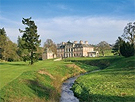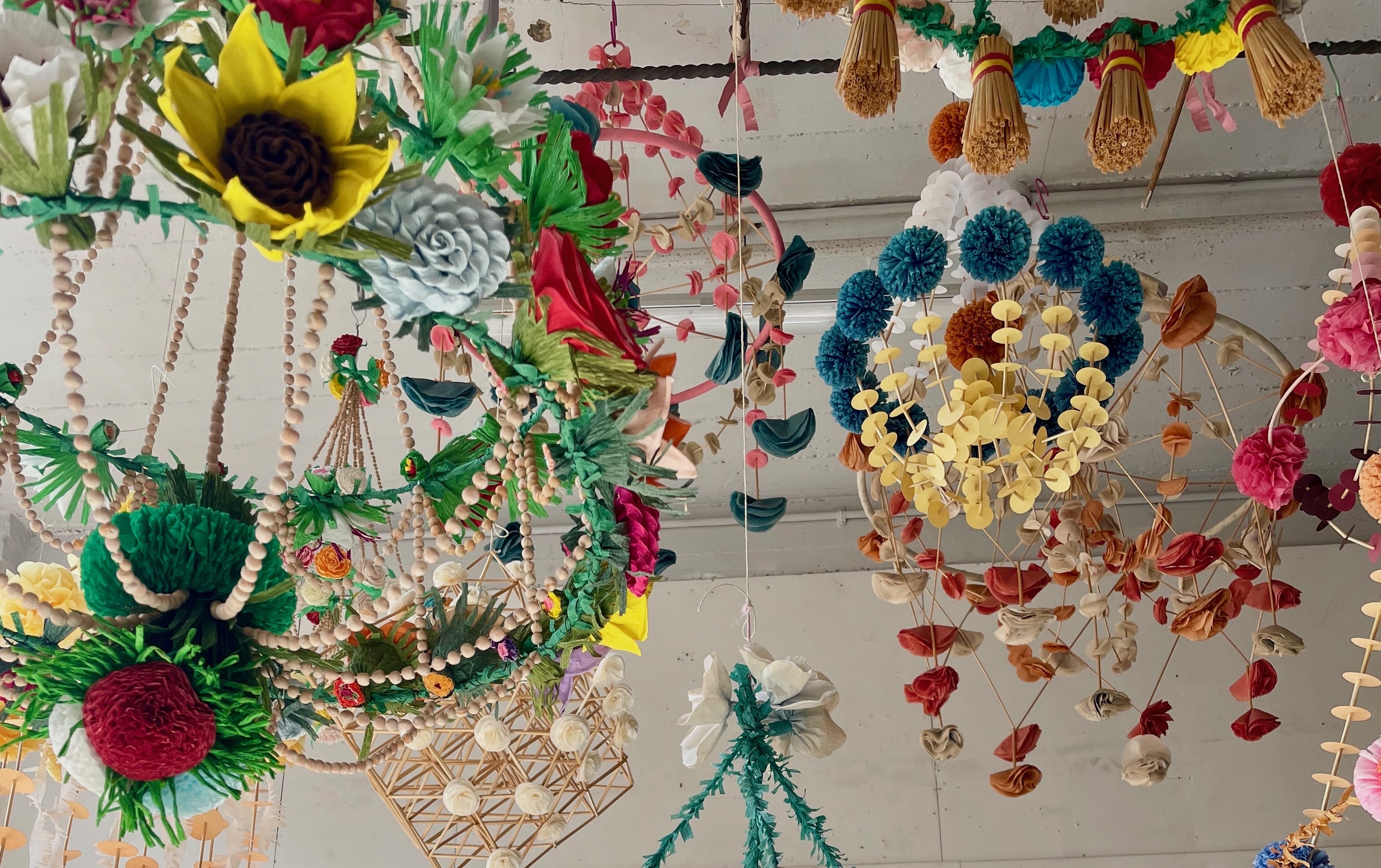Classic Scottish estate for sale
A classic country estate with splendid Adam interiors is a real Scottish gem


This week sees the launch in Country Life of the historic, 500-acre Yester estate, which nestles in woodland near Gifford, East Lothian, at the foot of the Lammermuir Hills, 21 miles from Edinburgh city centre and 30 miles from Edinburgh airport. Knight Frank (0131–222 9600) and Savills (0131–247 3720) quote a guide price of £12 million to £15m for the estate, which has at its heart one of Scotland's great, but little-known, country houses—the Category A-listed Yester House, built between 1699 and 1728 to the design of James Smith and Alexander McGill, with significant later alterations by William and Robert Adam, and others. From the early 1970s until his death in February 2007, aged 95, Yester was the beloved Scottish retreat of Pulitzer Prize-winning opera composer Gian Carlo Menotti, whose son, Francis, the current vendor, feels that 'the time has come to move on, and let the next generation with its new vigour and enthusiasm take it on'.
The original Yester estate, then some 300,000 acres, was granted to the Giffords, one of several powerful Norman families welcomed to Scotland by the 12th-century David I and his immediate successors. Their seat was the 13th-century Yester Castle, built by the sinister 'wizard of Yester' Sir Hugh de Gifford to the east of Yester House, the ruins of which incorporate the extraordinary subterranean Goblin's Hall, immortalised in Sir Walter Scott's Marmion. The Gifford male line died out in the 14th century, and the estate passed by marriage to the politically astute Hay family, who became peers, earls, and finally marquesses of Tweeddale in 1694.
Numerous Country Life articles on Yester House (July 23 and 30, 1932; August 22, 1947; August 9, 16 and 23, 1973) show its construction to have been a long, drawn-out affair. Although 'probably conceived' by the 1st Marquess of Tweeddale, the project only took shape under his son, the 2nd Marquess, who commissioned Smith and McGill to design Yester House on a sheltered site overlooking Gifford Water, in place of an existing 16th-century tower house. Work started in 1699, but progress was slow, and it was left to the 4th Marquess, who inherited the estate in 1715, to advance the construction of Smith's masterpiece, although it was still not finished on Lord Tweeddale's death in 1762.
Unfortunately, Smith's roof leaked, and, in 1729, the up-and-coming William Adam senior was brought in to resolve the problem and modernise the exterior of the house, transforming Smith's restrained Baroque design into a Rococo masterpiece. Men were still working on the roof in the stormy year of 1745, when they gleefully hurled slates onto English dragoons fleeing from the battle of nearby Prestonpans. In the mid-1780s, his son Robert redesigned the north and south fronts to a new neo-Classical scheme, but only the north front was executed. Both Adams worked on the interior of the house. The main staircase and the dining room (the former entrance hall), with its exuberant plasterwork by Joseph Enzer, are the work of William Adam.
Yester's pièce de résistance is the splendidly proportioned ballroom or saloon, created by Robert Adam in about 1789, and widely regarded as one of Scotland's finest rooms. The vast space—45ft long and 30ft wide with a 30ft high ceiling—is flooded with natural light, thanks to three high, arched windows substituted by Adam for the smaller windows in his father's original design. It has huge canvases by William Delacour, first master of the Edinburgh School of Design, with wonderful plasterwork and superb acoustics—the latter being one of the main reasons why Menotti bought the house in 1974.
The last obvious alterations to Yester House include the replacement, in the 1830s, of the west pavilion with a glass porte cochère, the transfer of the front door to the west side of the house and the creation of the present entrance hall, by the autocratic 8th Marquess of Tweeddale. In the late 1870s and 1880s, yet another architect produced alarming reports on the state of the building's fabric, recommending immediate expenditure of £6,000 on the chimneys and roof (all said to be in an 'advanced state of decay'), and a new floor for the Saloon. But it was not for another 100 years—following the death of the 11th Marquess in 1967 and the subsequent sale of the estate—that both recommendations were eventually implemented by the Menotti family, who have made good use of all four floors in this remarkably manageable house, which has five grand reception rooms, six en-suite bedrooms plus eight further bedrooms, a staff flat and extensive basement rooms.
The grounds of Yester House, first laid out in the 17th century, are almost as grand as the 34,585sq ft house itself, which is approached from the village through splendid entrance gates designed by John Adam, and flanked by twin gatelodges. Within the grounds is a magnificent walled garden dating from about 1750, with a gardener's house and glasshouses, all in need of restoration. As is the impressive 9,200sq ft Gothic stable courtyard, built in the 1820s and listed Category B.
Sign up for the Country Life Newsletter
Exquisite houses, the beauty of Nature, and how to get the most from your life, straight to your inbox.
In 1992, Menotti had elaborate renovation plans drawn up to create a theatre/opera house from the ruins. Yet, despite planning consent being granted and widespread support from the arts community, the scheme was abandoned in favour of the Festival Theatre in Edinburgh, and the buildings' evident development potential remains untapped. But all that is for another day.
Meanwhile, no Scottish estate would be complete without a strong sporting element, and the wooded gorge of the Gifford Water, which runs through the Yester estate, has been the ideal setting for an exciting driven pheasant shoot in recent years.
Likewise, a successful wildfowling enterprise has been key to the success of the spectacular 770-acre Balfour Castle Estate on the Orkney island of Shapinsay, currently for sale through CKD Galbraith (01463 224343) and Savills (0131–247 3720), with a guide price of 'offers over £2.7m' for the whole. At its heart is the Category A-listed Balfour Castle, built in 1848 by the eminent Scottish architect David Bryce as a 'calendar house' for the rich David Balfour, 4th laird of Balfour and Trenaby. Dubbed 'the most northerly castle hotel in the world' by the Zawadski family, its owners, who have painstakingly restored it, the house has seven turrets for the days of the week, 12 exterior doors for the months, 52 rooms for the weeks, and 365 panes of glass for the days of the year.
The estate shoot was established in 1976, and now provides some of the finest wildfowling in the world for an international clientele. Orkney is on the main migration route for birds moving to and from Iceland and Scandinavia. Game birds encountered include duck, geese, pheasant and woodcock, and there are exciting pre-dawn boat trips to two offshore islands for duck-flighting and walked-up snipe.
Country Life is unlike any other magazine: the only glossy weekly on the newsstand and the only magazine that has been guest-edited by HRH The King not once, but twice. It is a celebration of modern rural life and all its diverse joys and pleasures — that was first published in Queen Victoria's Diamond Jubilee year. Our eclectic mixture of witty and informative content — from the most up-to-date property news and commentary and a coveted glimpse inside some of the UK's best houses and gardens, to gardening, the arts and interior design, written by experts in their field — still cannot be found in print or online, anywhere else.
-
 Burberry, Jess Wheeler and The Courtauld: Everything you need to know about London Craft Week 2025
Burberry, Jess Wheeler and The Courtauld: Everything you need to know about London Craft Week 2025With more than 400 exhibits and events dotted around the capital, and everything from dollshouse's to tutu making, there is something for everyone at the festival, which runs from May 12-18.
By Lotte Brundle
-
 Everything you need to know about private jet travel and 10 rules to fly by
Everything you need to know about private jet travel and 10 rules to fly byDespite the monetary and environmental cost, the UK can now claim to be the private jet capital of Europe.
By Simon Mills